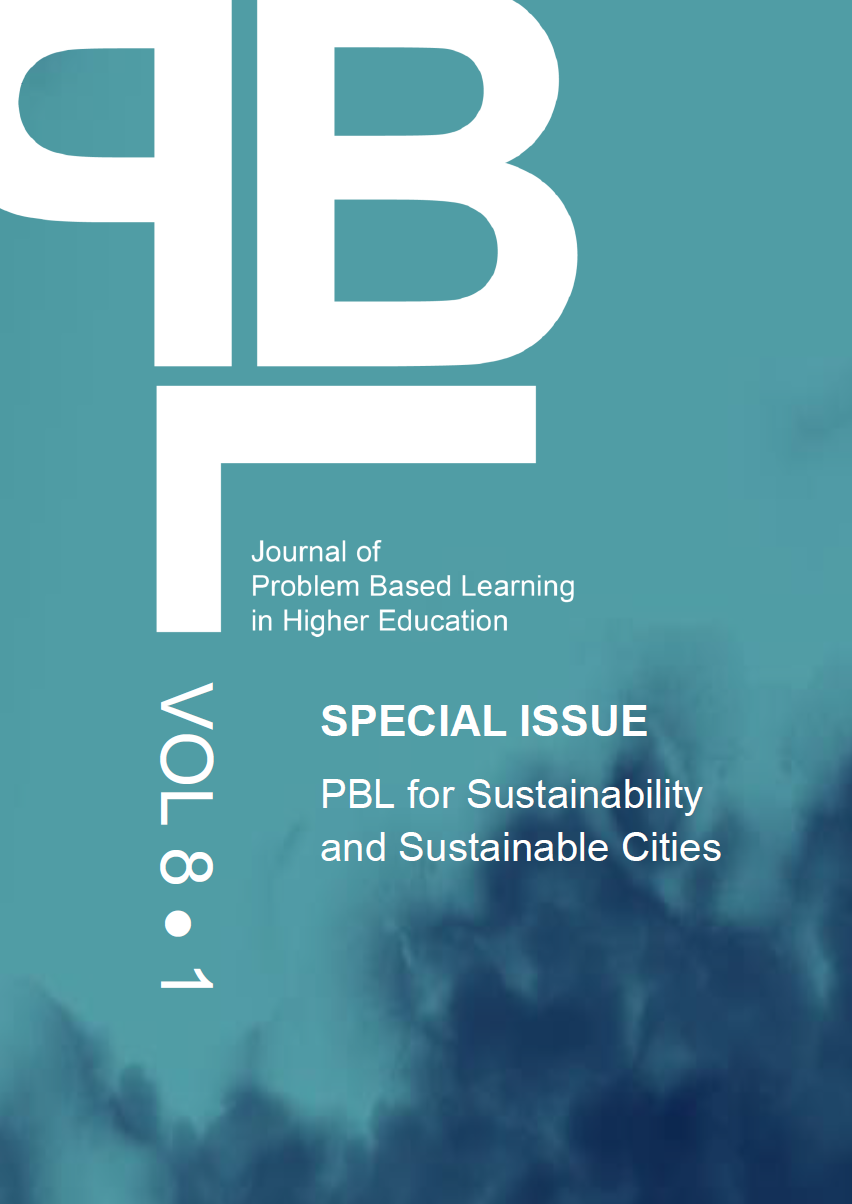Abstract
Problem-based learning is one of the most useful resources in education with the potential to effect real world change. The evident benefits of PBL in the face of the challenges that Latin America presently encounters have led many institutions to consider the adoption of PBL curricula. However, PBL implementation has its own set of difficulties. “I liked to work in a multidisciplinary team because our skills were complemented. Sometimes, it was difficult to understand our different ways of working, because we were focused on different things”, said one of the students of our institution. This paper describes how different academic programs from the Autonomous University of Nuevo Leon (UANL) in Mexico, were integrated in a Learning Unit (LU) using the Problem Based Learning (PBL) methodology. First, we present some PBL definitions to delineate its main characteristics, like the students facing real problems. Afterwards, we describe the PBL implementation process at our university, its precedents, the administrative process, and the adaptation into an existing LU. Additionally, we describe how we adapted the PBL methodology to the Sustainable Ecological Environments course while also integrating the United Nations’ (UN) Sustainable Development Goal (SDG) 11, dedicated to cities and sustainable communities. Finally, we mention some findings from the Sustainable Ecological Environments LU. Most notably, the students favour working in multidisciplinary teams and the amount of student investment was higher than in traditionally taught courses. Nevertheless, multidisciplinary work means a constructive challenge for teachers, because it involves a closer monitoring of the student's learning process and a different time distribution than traditional courses, with a higher time investment during planning stages.
Articles published in Journal of Problem Based Learning in Higher Education are following the license Creative Commons Attribution 4.0 (CC-BY)
Authors retain copyright and grant the journal right of first publication with the work simultaneously licensed under a Creative Commons Attribution 4.0 International License (CC-BY). Further information about Creative Commons
